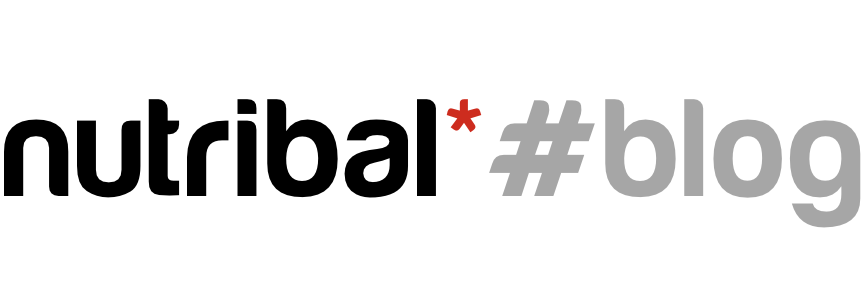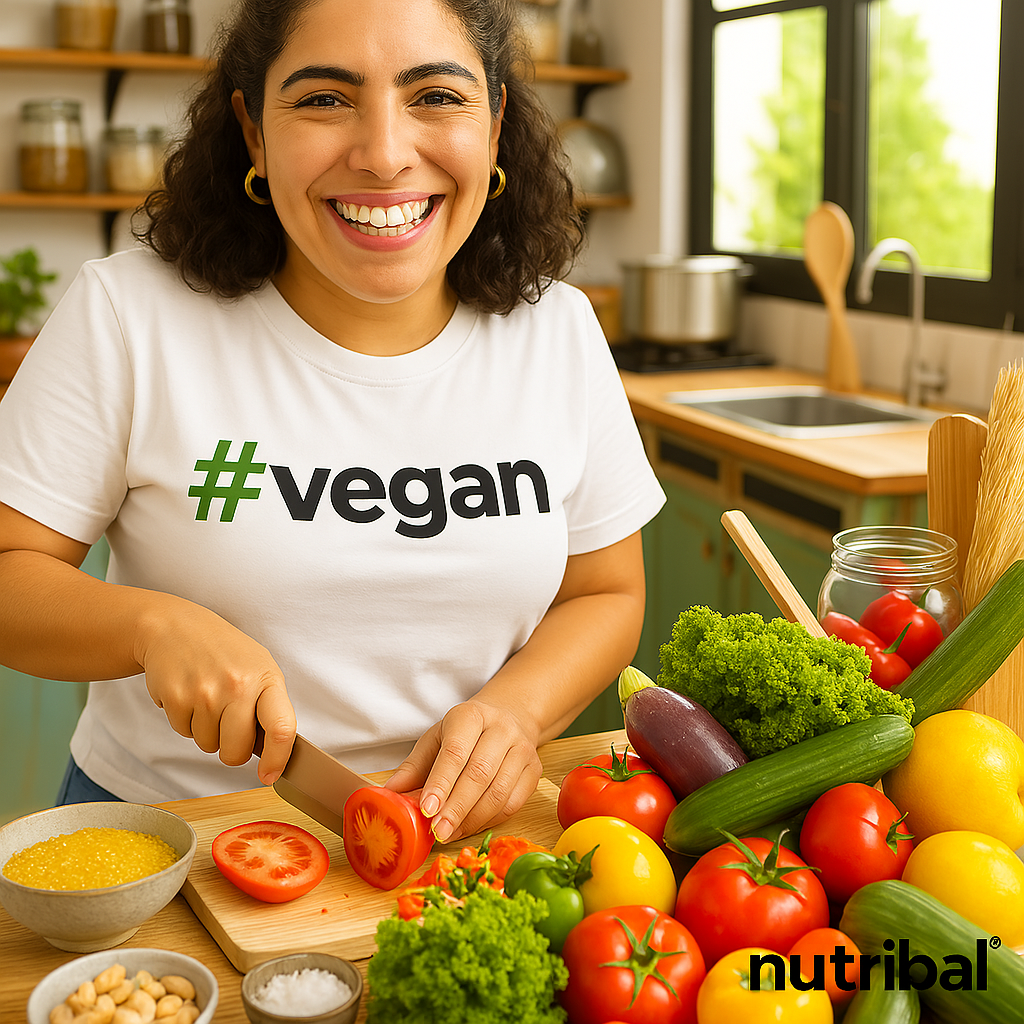Table of Contents
Introduction
Adopting a *vegan diet* can be a transformative choice for your health and for the planet. By replacing animal products with an abundance of fruits, vegetables, grains, legumes, nuts, and seeds, you’ll explore a more sustainable, cruelty-free lifestyle. This journey also offers potential benefits such as a lower risk of heart disease and type 2 diabetes—provided you plan carefully and include all necessary nutrients.
Key Insights
- Start gradually: Transition at a comfortable pace and learn about plant-based alternatives.
- Focus on nutrients: Be mindful of essential vitamins and minerals often found in animal products.
- Embrace variety: Diversify your meals with legumes, nuts, seeds, whole grains, and colorful produce.
- Supplement when needed: Nutrients like B12, D3, and iron may require vegan-friendly supplements.
- Plan balanced meals: Lean on meal-planning tools, read labels, and experiment with new ingredients.
How to Start a Vegan Diet
Understanding the Basics of a Vegan Diet
A vegan diet excludes all animal-derived products, including meat, dairy, eggs, and honey. Instead, your meals revolve around *nutrient-dense*, plant-based foods. It’s important to replace any lost nutrients—especially those typically found in animal products—with **other plant-based sources** or supplements for balanced health.
If you’re unsure where to begin, consider the Nutribal Vegan Starter Bundle for structured guidance on daily meal plans and supplement strategies.
Benefits of Adopting a Vegan Diet
- A reduced risk of chronic conditions such as heart disease and type 2 diabetes.
- Enhanced weight management, thanks to a high intake of fiber-rich fruits and vegetables.
- *Better digestion* driven by natural prebiotics and plant enzymes.
- Lower environmental impact due to reduced reliance on animal farming.
For extra convenience, many people use a quality plant-based protein supplement. Our Nutribal Vegan Protein is formulated for balanced amino acids—helpful for building and maintaining muscle on a vegan diet.
Steps to Begin Your Vegan Journey
1. Educate Yourself
Seek out reliable references (such as Healthline’s vegan diet guide) and read about the differences between vegan and vegetarian diets. If you also want tips on workouts and recovery, explore our Fueling Workout Recovery Insights for supportive strategies.
2. Transition Gradually
Start by eliminating animal products from some meals and introducing plant-based alternatives. Swapping dairy milk for almond milk or adding a vegan shake to your routine can be a small but impactful move.
3. Experiment with New Foods
Try everything from protein-rich legumes to nutrient-dense seeds. If you prefer guided planning, the Nutribal Vegan Plates system offers structured recipes and portion guidance aligned with vegan macronutrient targets.
4. Focus on Essential Supplements
When eliminating animal products, remember to watch for nutrients like vitamin B12, vitamin D, omega-3 fatty acids, and minerals such as calcium and iron:
- Vitamin B12 – Often supplemented by vegans (consult your healthcare provider for recommended brands).
- Vitamin D – Our Nutribal Vitamin D3 supports bone and immune health.
- Omega-3 fatty acids – Plant-based algae supplements or seeds (chia/flax) can help.
- Calcium & Iron – A comprehensive option is Nutribal Vitamin Complete.
For digestive support, Nutribal DIGESTIFY offers plant-based enzymes to help break down fiber-rich foods.
5. Meal Planning and Label Reading
Crafting meals ahead of time helps ensure a wholesome balance of proteins, carbs, and fats. *Get comfortable with label reading* to spot hidden animal ingredients. For tips that can translate well to any diet, check our Ketogenic Diet Fundamentals for Beginners for more on labeling and meal strategy.
6. Embrace the Lifestyle Gradually
It’s normal to face social situations or cravings for familiar dishes. Ease the transition by making vegan versions of favorite meals—use plant-based milks, cheeses, and meat alternatives to replicate tastes you enjoy.
Overcoming Challenges
A few hurdles may arise, from attending non-vegan events to finding the right substitutes in stores. Plan ahead by preparing tried-and-true vegan recipes or browsing resources like Nutribal Vegan Plates for fresh meal inspiration. Supplements like Nutribal Vegan Protein also simplify nutrition.
Essential Tip: Ensure you include a variety of protein sources—legumes, tofu, tempeh, quinoa, nuts—as this diversity enhances both your protein and micronutrient intake.
Final Thoughts
Transitioning to a vegan diet can yield *long-term health rewards*, reduce environmental impact, and support animal welfare. Whether you take small steps or dive in fully, thoughtful planning and products like Nutribal Vegan Protein and Vitamin D3 can bolster your nutrient needs. With time, each plant-based choice becomes more natural, paving the way for a *balanced* and satisfying lifestyle.
References
- Healthline’s vegan diet guide (for general informational reading)
- Nutribal Official Site and Product Pages
- Nutribal Blog for additional lifestyle tips
FAQ
1. Is a vegan diet healthier than a vegetarian diet?
It can be, but it depends on careful planning. Both diets exclude meat, yet vegans also cut out dairy and eggs. Ensure you pay attention to nutrients like vitamin B12, iron, and protein.
2. How can I get enough protein on a vegan diet?
Incorporate *varied plant proteins*—legumes, tofu, tempeh, seitan, and grains like quinoa. Many find a dedicated supplement, such as Nutribal Vegan Protein, beneficial for ensuring sufficient daily intake.
3. Do I need supplements when going vegan?
Some nutrients like vitamin B12, vitamin D, and omega-3 fats can be hard to obtain exclusively from plants. Consider high-quality vegan supplements and consult a healthcare professional for personalized recommendations.
4. Will I lose weight on a vegan diet?
Weight loss is possible but not guaranteed. Focusing on whole, fiber-rich foods encourages satiety. Maintaining balanced meals and portion control is key to managing your weight effectively.
5. Are vegan substitutes expensive?
While certain items like specialty cheeses or meat alternatives can cost more, staples like beans, grains, and vegetables are usually budget-friendly. Planning meals and shopping sales can help you optimize your grocery budget.

